General information
Problem
Service water systems are generally overlooked as an end-user of energy and, except for the replacement of central equipment, usually remain untouched for the life of the building, which can be many decades in some instances. Alteration work on an existing building provides a good opportunity to upgrade the service water systems and any ancillary components to the current Code requirements. However, since renovation works in existing buildings are typically more costly than when building new constructions, the requirements of Part 6 that apply to these upgrades must be adapted to maintain an acceptable cost-effectiveness.
Justification
Due to their simplicity, Part 6 requirements can be applied in full for minimal additional costs to the alteration of an existing building, including the installation of new systems or components.
The exception to this rule is the insulation of distribution piping. Since this piping is often hidden in walls and shafts, and is thus more difficult to access or has limited space around it, the cost-effectiveness of adding insulation in existing buildings is generally diminished and deemed cost-effective only when significant change is made to the characteristics of an existing system.
The threshold to determine what constitutes a “significant change” was set at 60%, as works of this magnitude generally and naturally have significant cascading impacts on existing systems. Expanding this type of alteration work to require the insulation of the entire distribution system is considered cost-effective in those conditions. Moreover, the insulation requirements also provide multiple options, depending on the choices made at the design stage.
Consequently, this proposed change introduces a reasonable compromise for each case that meets the intent of the Code while ensuring a suitable cost-effectiveness.
PROPOSED CHANGE
[13.6.] -- Service Water Systems
[13.6.1.] -- General
[13.6.1.1.] ---Scope
[13.6.1.2.] ---Application
[13.6.2.] -- Compliance
[13.6.2.1.] ---Requirements
Note A-13.6.2.1.(4) and (5) Insulation of Piping in Existing Hot Service Water Distribution Systems.
Impact analysis
Energy Savings from Proposed Change Compared to Current Market Practices
The impact analysis guidelines for the alteration of existing buildings require that the proposed changes be evaluated for several building vintages. The key metric of interest in the impact analysis is the marginal difference between the current market practice and the proposed change.
Since the prescriptive requirements for the alteration of existing buildings are triggered only when any alteration is performed, the metric to evaluate the impact of these requirements is defined as the comparison between the new prescriptive requirements and what would normally be done in the absence of such (i.e., current market practice). For this analysis, four vintages of unaltered buildings were selected:
- Pre-1980
- 1980–2010
- NECB 2011
- NECB 2015
Current market practice is defined as complying with NECB 2017, and the proposed code is considered to be the NECB 2020.
To calculate the marginal energy increment, a model representing the vintage was created (see https://github.com/NREL/openstudio-standards/tree/master/lib/openstudio-standards/standards/necb). The service water heating equipment was then updated in the model to comply with the NECB 2017 requirements and the thermal energy use intensity (TEUI) was calculated. The same process was followed for the NECB 2020 requirements. The marginal energy increment is the difference between these two TEUIs.
This process was repeated for all the vintages for 16 archetypes in 31 locations across Canada (and later collated by region).
Summary results from the simulations are presented by region in Figures 1 (TEUI reduction) and 2 (percentage reduction); positive values indicate energy savings.
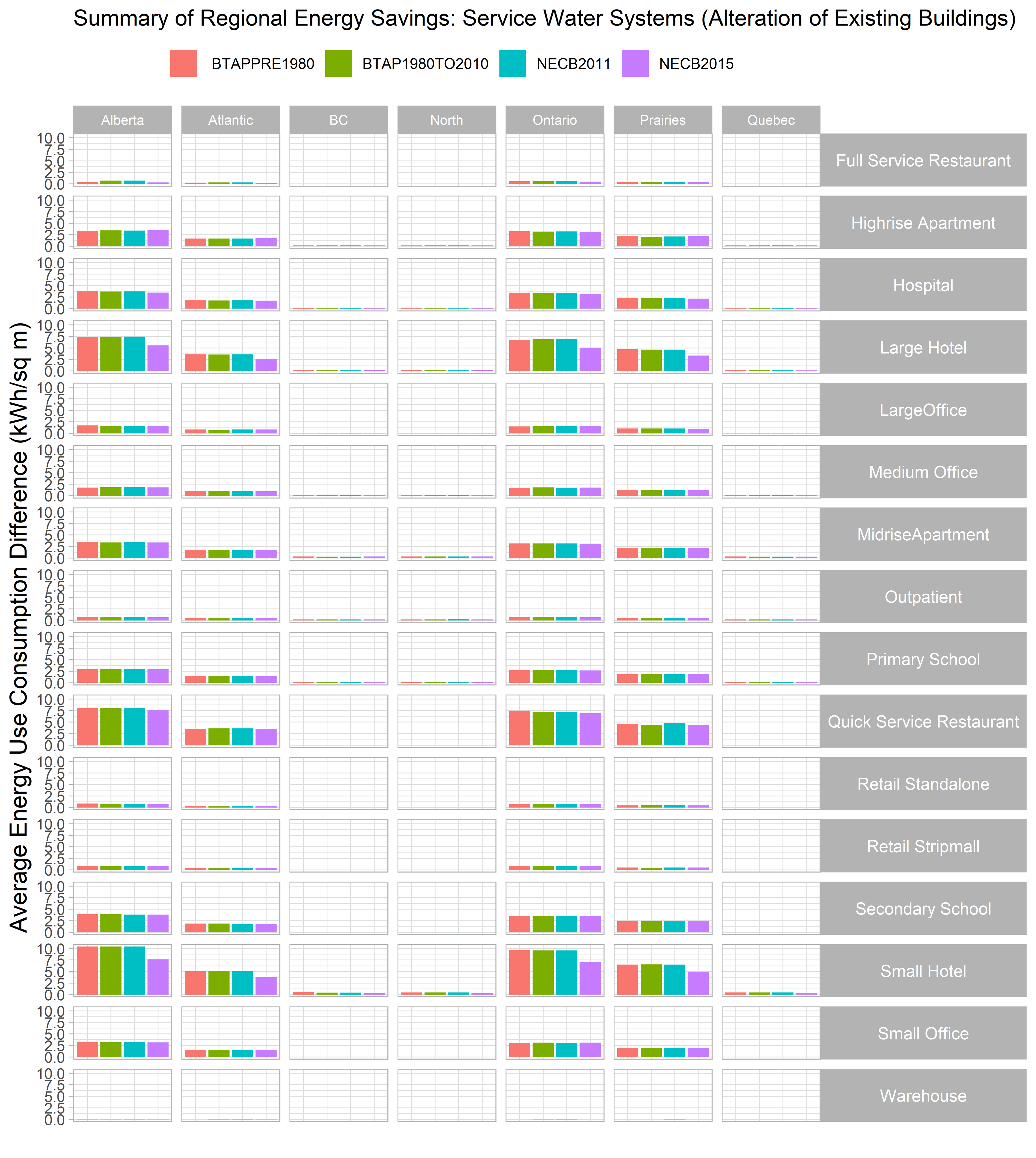
Figure 1. Marginal energy use intensity increment for various building archetypes and vintages in regions across Canada
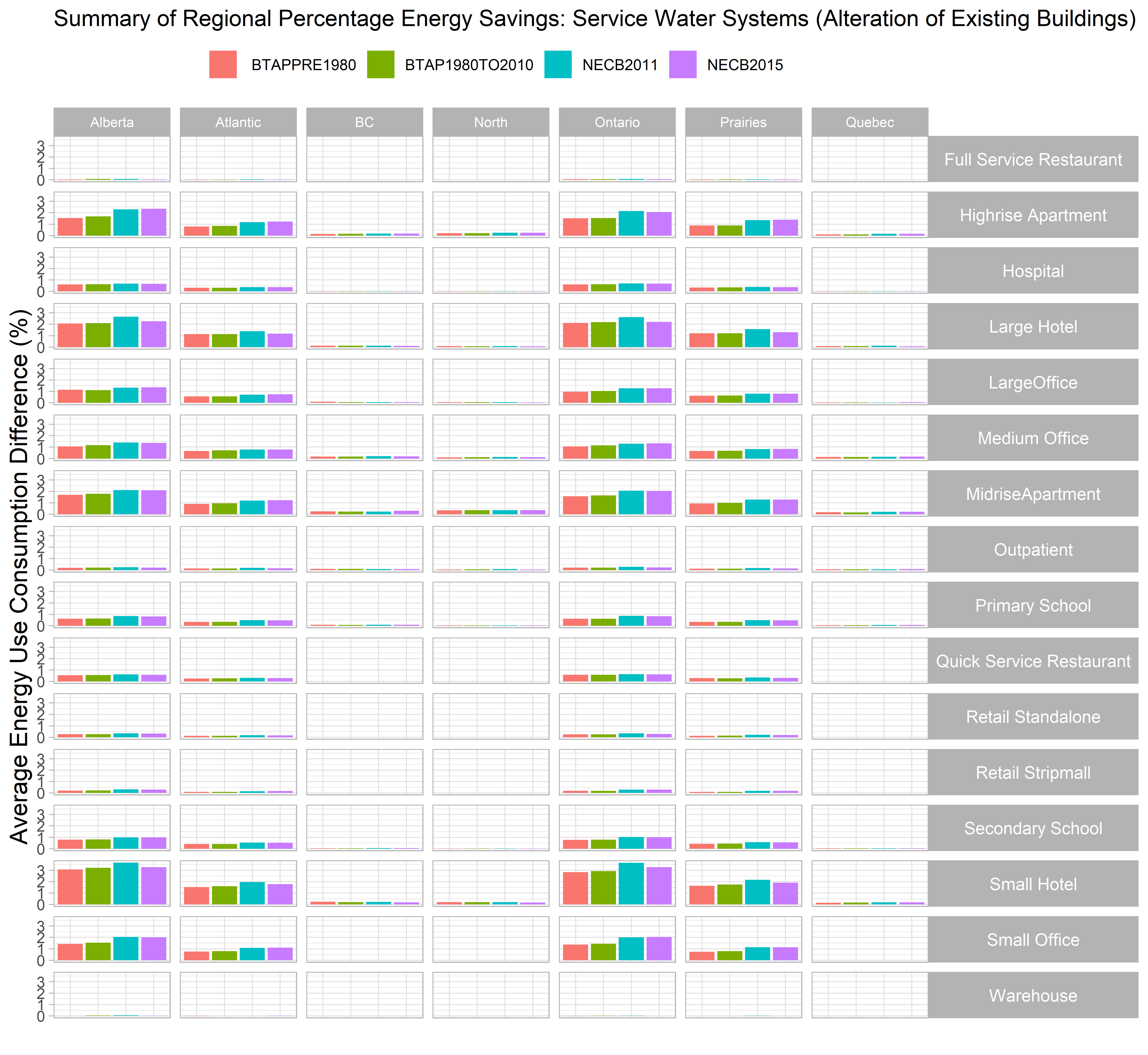
Figure 2. Marginal percentage energy use intensity increment for various building archetypes and vintages in regions across Canada
The results indicate energy savings for some regions, while only negligible savings for others (BC, Quebec, and the North), given the use of electric water heaters in the archetypes located in those regions. Given this current market practice, the performance of electric water heaters is similar to the proposed Code requirements. The only difference is in the specification of a limit for standby loss in NECB 2020, which was not present in NECB 2017. Standby loss is dependent on tank volume; therefore, minor energy savings are realized in archetypes with larger water heaters (e.g., mid- and high-rise apartments) and near-zero energy savings for those with smaller systems.
In general, for any archetype in a specific region, the absolute energy savings (i.e., TEUI) in Figure 1 are fairly uniform across the four building vintages, since only the provisions for service water heating systems have changed. Minor variations in absolute savings are attributed to the cross effect between the changes to the performance of water heaters and their thermal impact on the building. The only larger variation is found in the small and large hotel archetypes, which is caused by a larger difference in water demand profiles for hotel space types between NECB 2015 and earlier vintages. This variation is shown in Figure 3, which presents the energy use intensity of service water heating for each archetype by vintage and highlights the hot service water energy savings brought about by the NECB 2020.
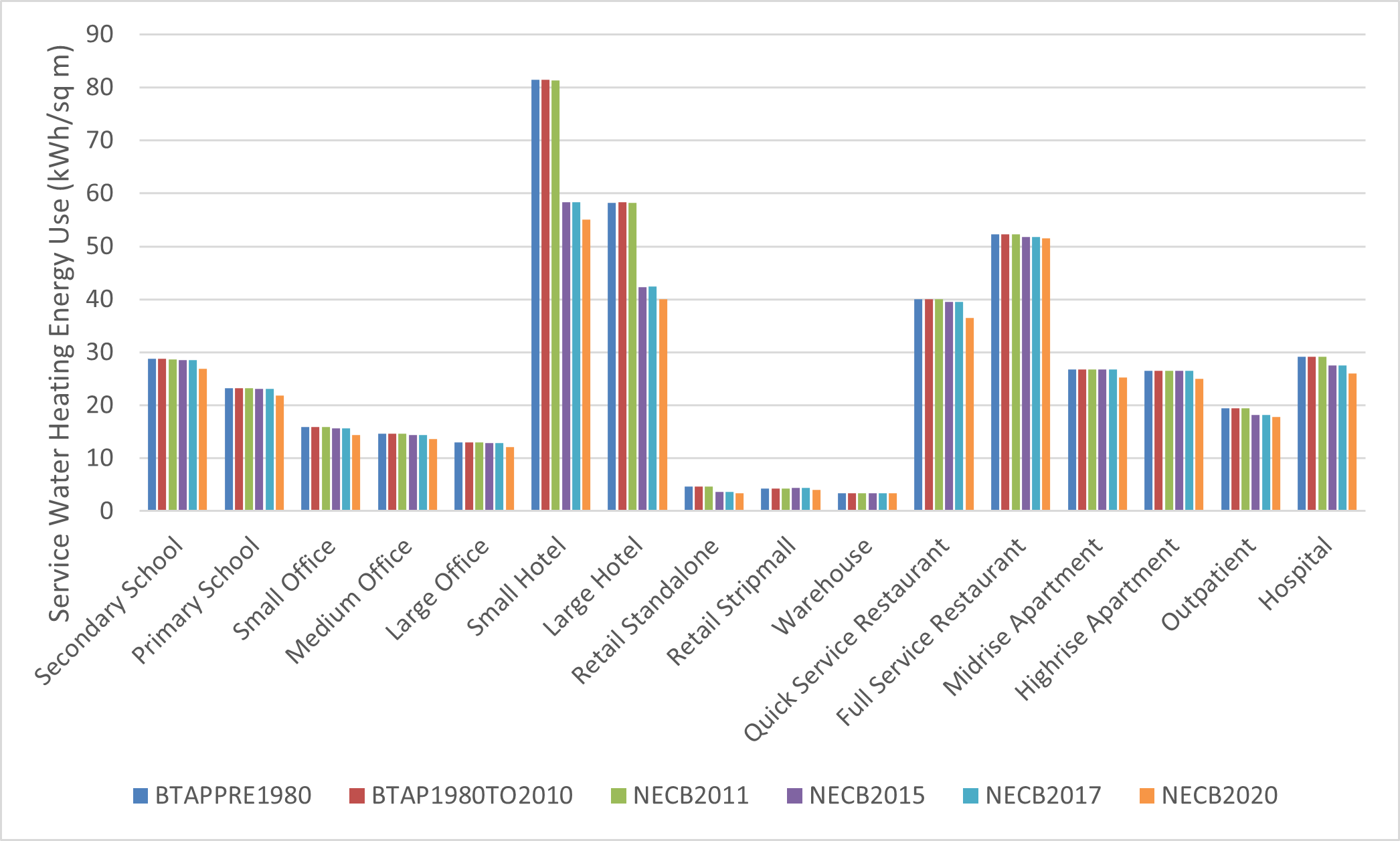
Figure 3. Energy use intensity of service water heating for various Canadian archetypes and vintages
Heat Loss in Hot Service Water Pipes: Uninsulated versus Insulated
Proposed Sentence 13.6.2.1.(4) requires the partial insulation of specific non-insulated distribution networks when any alteration on the network is considered to be significant. Energy savings following the insulation of uninsulated distribution networks have been calculated as follows:
- Heat loss differences per unit length have been evaluated for each case, for various pipe types and diameters.
- For the small hotel archetype, representative pipe lengths and diameters have been established for a recirculation system providing hot service water to each suite.
- Annual energy use reduction has been calculated assuming the continuous operation of the recirculation system.
Recirculation systems are common in certain building archetypes that have a central hot water service system, such as hotels and multi-unit residential buildings. These systems are also occasionally present in other occupancies (e.g., office buildings, community facilities). For the purpose of this impact analysis, the small hotel archetype is considered a good example that can be scaled up and down proportionally to represent other archetypes.
1) Estimated Heat Loss Rate per Unit Length of Pipe
The calculations of heat loss differences per unit length were performed using NAIMA’s 3EPlus piping insulation calculator (https://www.3eplus.org/), which is referenced in the ASHRAE Handbook — Fundamentals) and in accordance with ASTM C680, “Standard Practice for Estimate of the Heat Gain or Loss and the Surface Temperatures of Insulated Flat, Cylindrical, and Spherical Systems by Use of Computer Programs.” The analysis assumes steady state 1D heat transfer: i.e., the R-value of the pipe is negligible given the inner surface temperature of the pipe is approximately equal to the water temperature. The following conditions were evaluated:
- steel, copper and PVC (polymer) piping
- 0.5 in., 0.75 in., 1 in., 1.5 in., 2 in. NPS pipe (1 m long)
- water at 60°C and ambient air at 20°C
- 850F Mineral Fiber Pipe Type I insulation
- thermal conductivity: 0.036 W/(m×K) at 38°C
- 0 mm or 25.4 mm thickness
- ε = 0.9 all-service jacket
Table 1. Heat Loss per Unit Length of Pipe at Various Pipe Sizes and Insulation Thicknesses
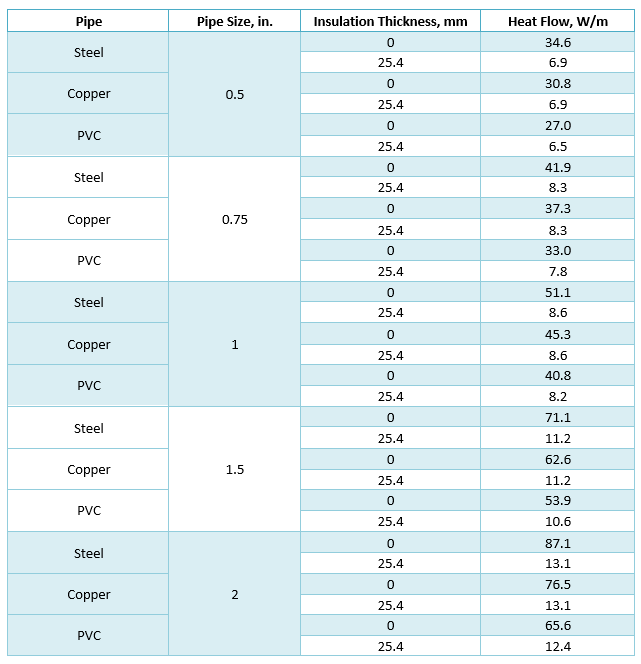
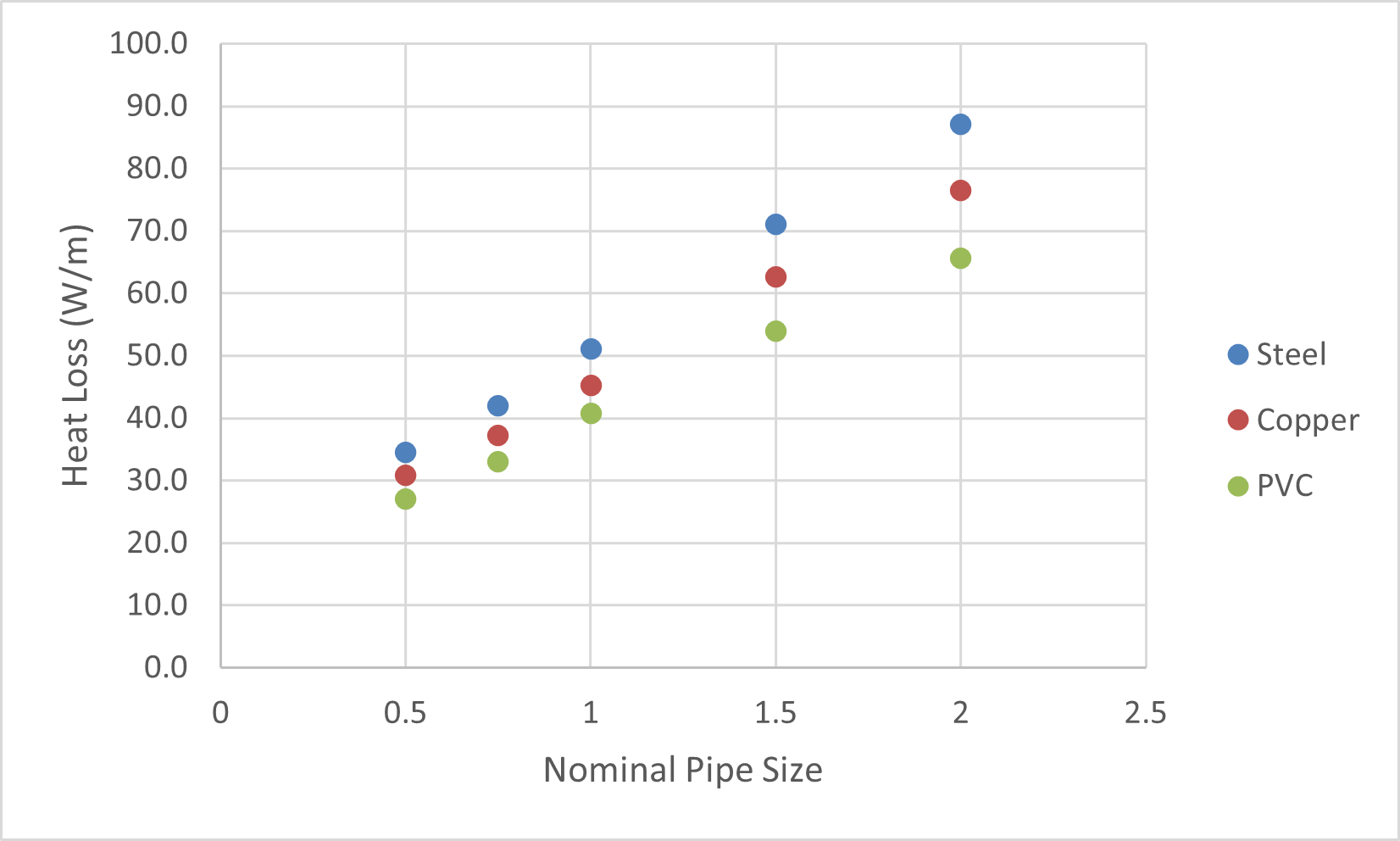
Figure 4. Heat loss of uninsulated pipes
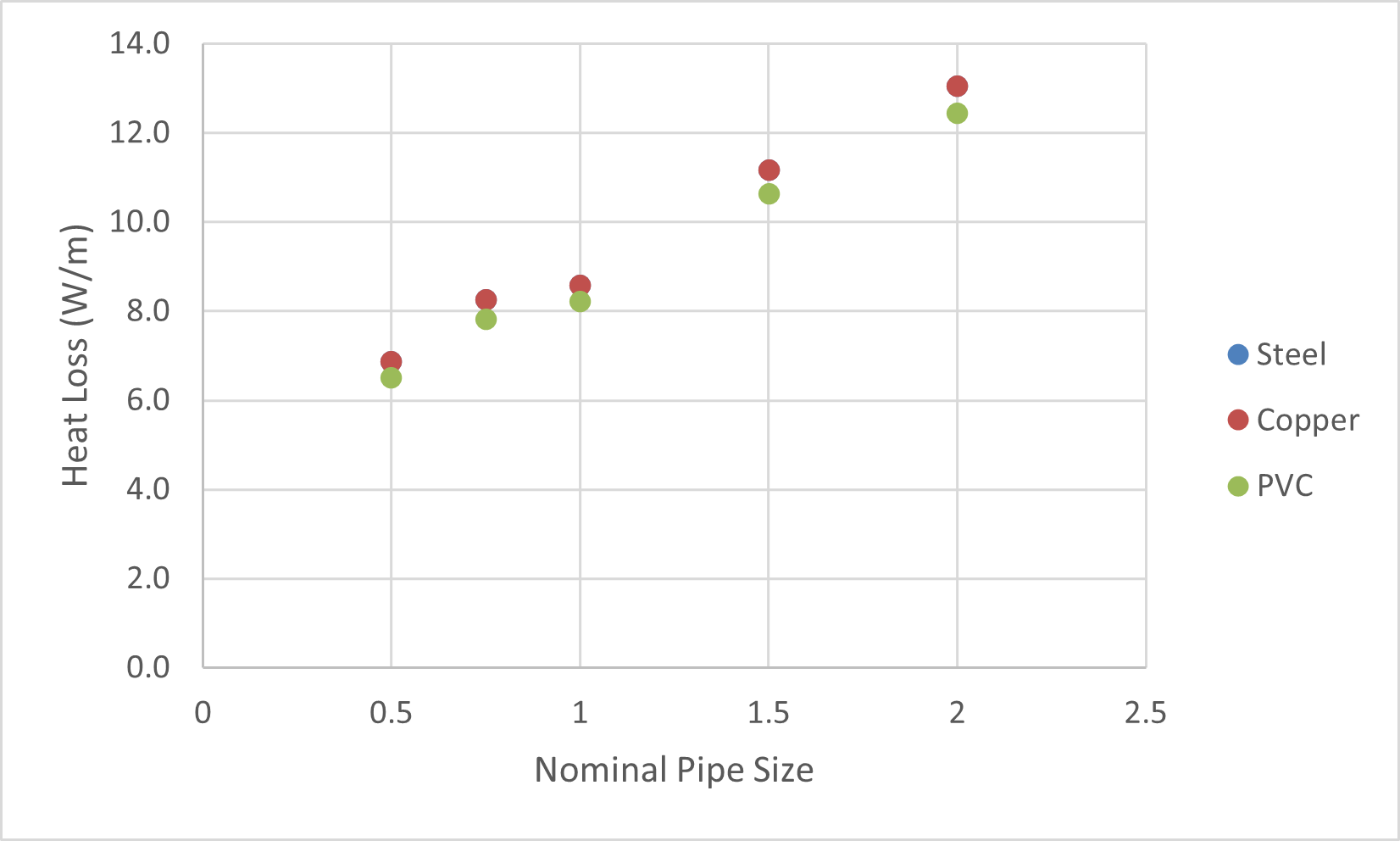
Figure 5. Heat loss of insulated pipes(1)
Note to Figure 5:
(1) Insulated steel and copper have the same heat loss values.
2) Estimated Heat Loss Rate of Pipes for the Small Hotel Archetype
The hot service water recirculation system (supply and return piping) designed for the small hotel archetype is broken down by the following pipe sizes:
- 300 m, ½ in. NPS
- 100 m, ¾ in. NPS
- 100 m, 1 in. NPS
- 90 m, 1-1/2 in. NPS
The estimated total heat loss rates from uninsulated and insulated pipes are shown in Table 2, along with the heat loss rate reduction due to the insulation (at a thickness of 25.4 mm).
Table 2. Heat Loss Rate and Heat Loss Rate Reduction due to Insulation of Pipes for the Small Hotel Archetype

3) Total Demand for Service Water Heating (Service Water Heater Energy + Pipe Heat Loss) for Small Hotel Archetype
Assuming a copper pipe network and continuous operation, the annual service water heating energy consumption in kWh/year (service water heater energy + pipe heat loss) is presented in Tables 3 and 4 for uninsulated and insulated pipes, respectively; a corresponding set of results in kWh/m2/year are presented in Tables 5 and 6. A summary highlighting the energy savings of the overall system with and without pipe insulation is provided in Table 7.
Table 3. Total Energy Consumption for Service Water Heating (Uninsulated Pipes)
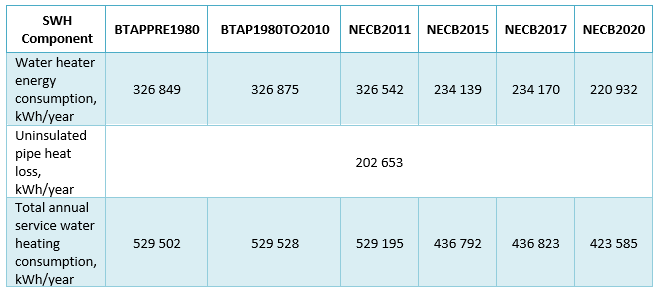
Table 4. Total Energy Consumption for Service Water Heating (Insulated Pipes)
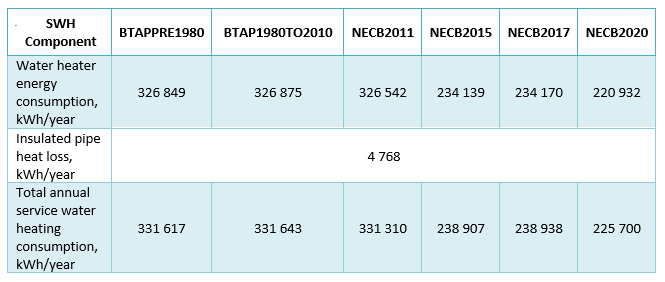
Table 5. Total Energy Use Intensity of Service Water Heating (Uninsulated Pipes)
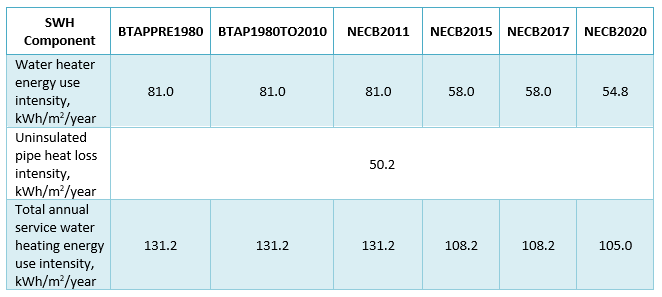
Table 6. Total Energy Use Intensity of Service Water Heating (Insulated Pipes)
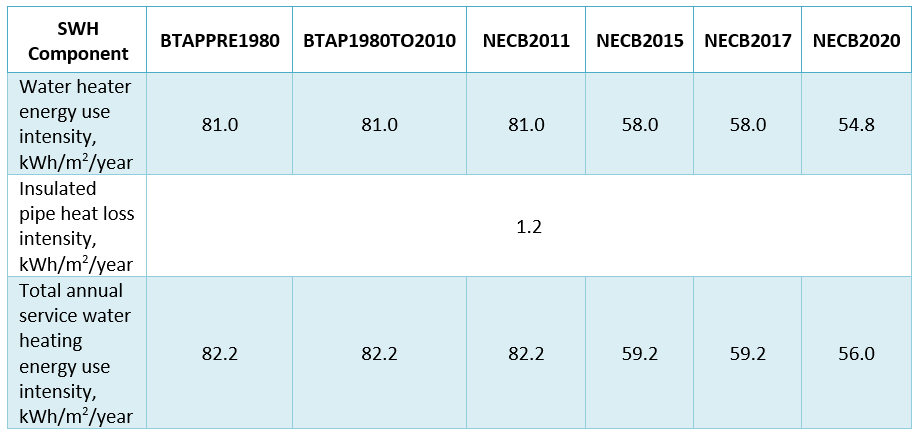
Table 7. Summary of Heat Energy Savings due to Pipe Insulation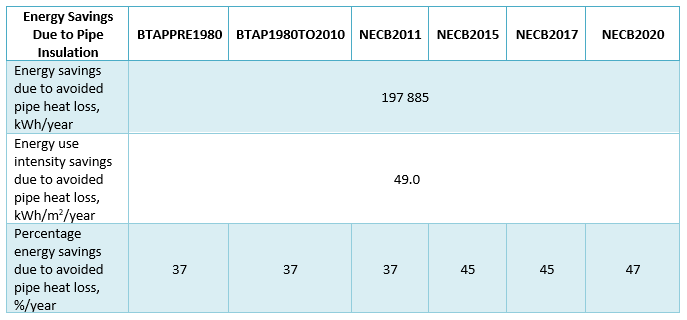
Enforcement implications
The requirements for the alteration of service water systems in existing buildings can be enforced by the same means and resources involved in the enforcement of the prescriptive requirements of Part 6 of the NECB.
Who is affected
Designers, specification writers, manufacturers, contractors, building owners and building officials.
OBJECTIVE-BASED ANALYSIS OF NEW OR CHANGED PROVISIONS
- Date modified:
